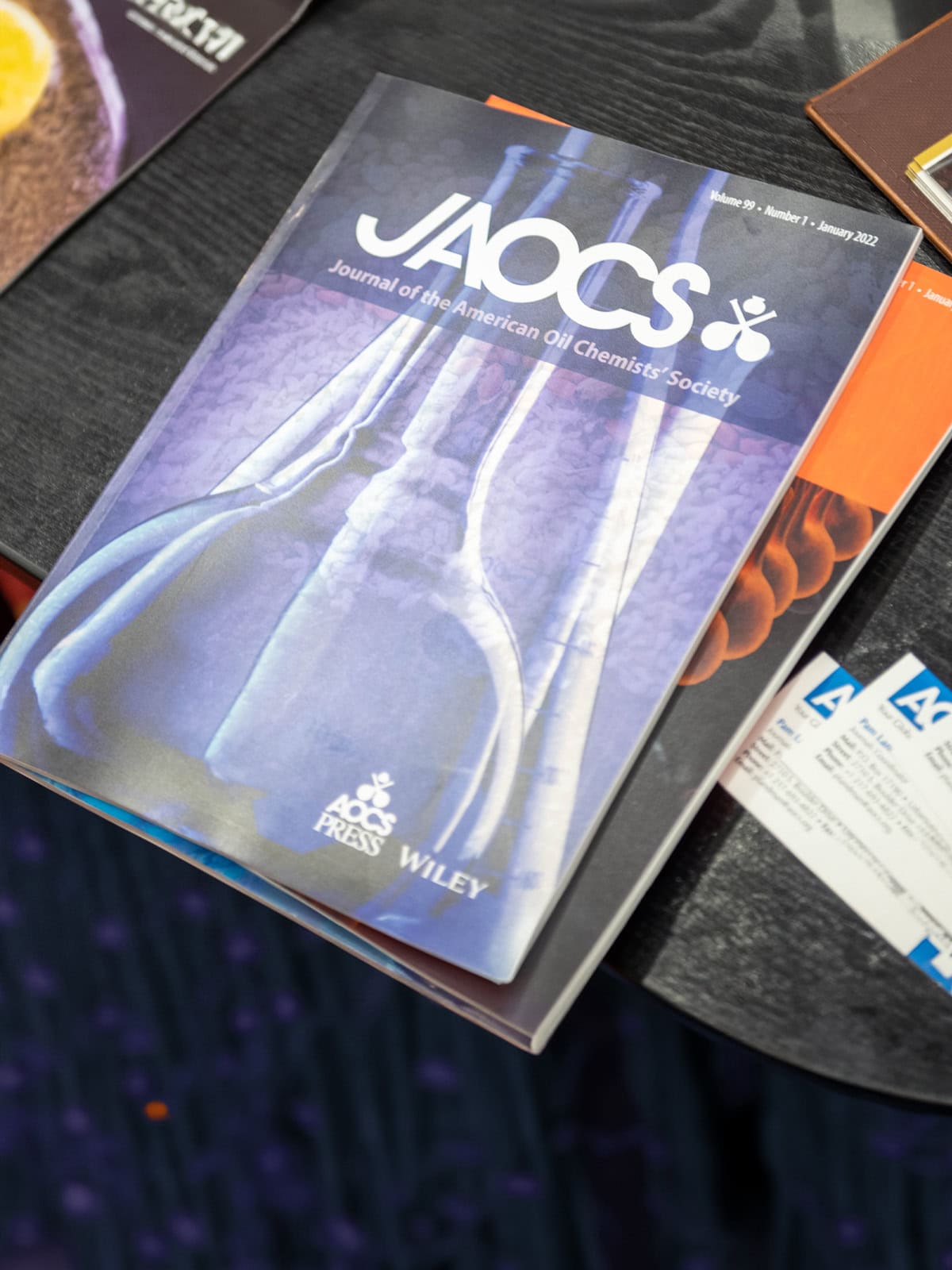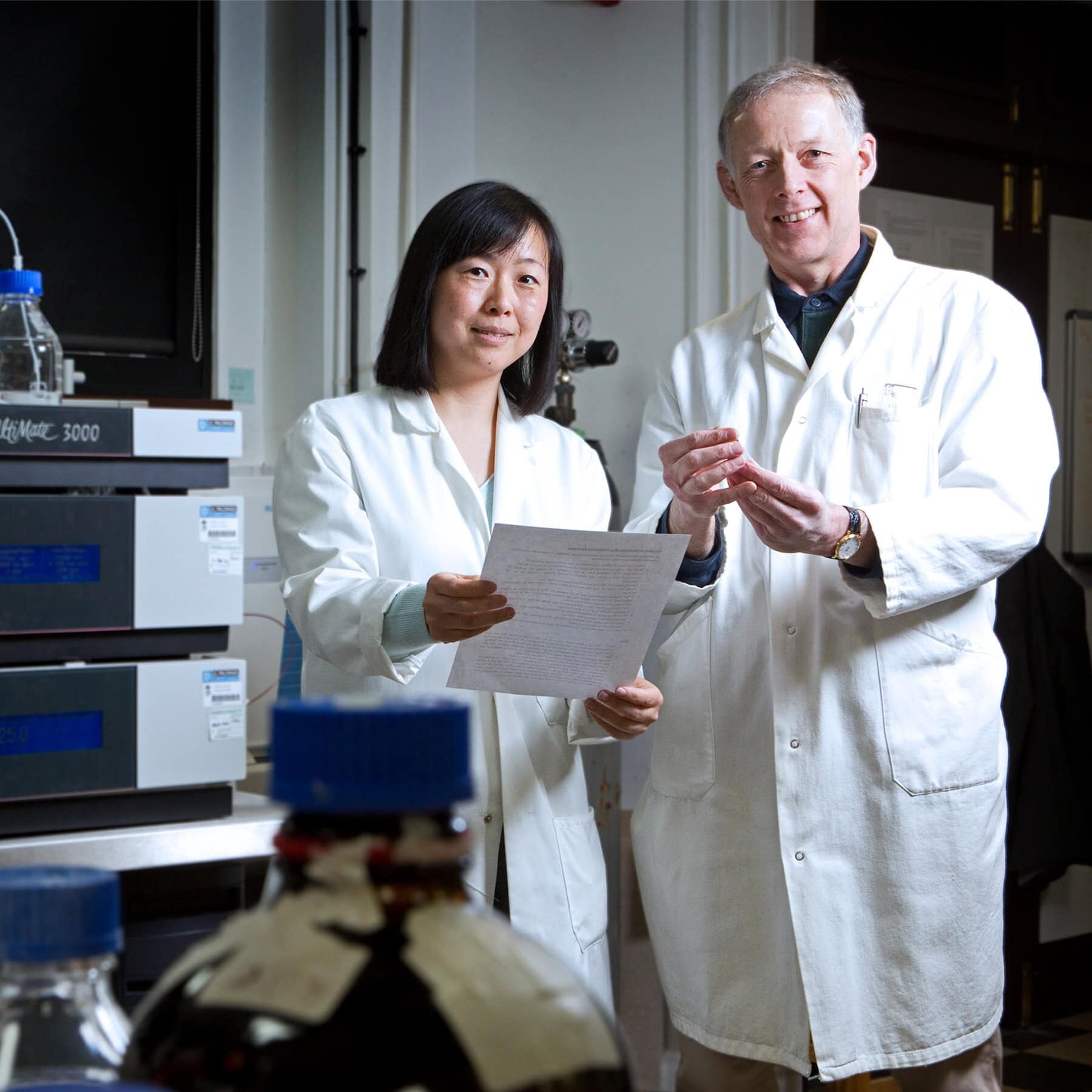
Journals
4 peer-reviewed scientific journals spotlight research and reviews in the science and technology of fats, oils, surfactants, and proteins.

INFORM magazine
INFORM magazine provides timely articles on the latest scientific advancements and business developments.

Books
Scientists each year have authored or co-authored chapters in over 140 AOCS Press book titles. Purchase books or learn about publishing with AOCS.
INFORM seminars, Webinars (On-Demand)
Realizing Power-to-Food: Optimizing microbial hydrogen fermentation for maximum protein yields
How can microbes transform carbon dioxide and hydrogen into high-quality protein? In this INFORM seminar, we go behind the research featured in the INFORM article “The (hydro)generation of sustainable foods” with author Carlos Woern, doctoral researcher in Food Science at the University of Massachusetts.
Webinars (On-Demand)
Interesterified Fats in the Food Supply: Functionality, Usage Trends, and Health On-Demand Webinar
Interesterified fats are seeing rapid adoption as functional alternatives to partially hydrogenated…
Career Resources, Webinars (On-Demand)
Demystifying the hiring process – On-demand Webinar
Join this interactive panel webinar to gain insight into the hiring process from the inside.
Webinars (On-Demand)
Advancing Protein Engineering for Industrial Applications On-Demand Webinar
This content is an exclusive benefit for Society members. If you’re a…
Webinars (On-Demand)
Protein 2.0: Innovating Through Industry Challenges – On-Demand Webinar
The alternative protein industry is at a pivotal moment. After an initial wave of enthusiasm, the sector is now navigating a period of recalibration. Join us for a forward-looking discussion with two leaders who are shaping the future of food.
Masterclasses
Insights into the MOSH&MOAH Analytical Workflow
The masterclass will cover the topic of MOSH&MOAH from an analytical viewpoint, steering the audience from the basic to more advanced approach by provided a general insight on the main challenges that the analysis present.

On Demand Webinars
Missed a live webinar or educational session? Catch up on your own schedule with on-demand recordings of recent AOCS content. Please note some content is only available to AOCS members.
Regulatory Requirements
Keep up with the latest regulatory news across industries in this curated collection of resources.
Lipid Library
Your go-to source for comprehensive and expertly curated information on lipid science and technology. Find the latest research, develop innovative products, and broaden your knowledge with the essential tools you need to succeed.
Career Resources
Search for jobs, find career coaching, and learn about career opportunities form industry experts.
